I came across this blog by Laura Rose called Around the world in 80 cuisines
China has many more than just two regional cuisines, but I’m determined to stick to 80 cuisines in total, so I could only spare China two. While Southern Chinese cuisine is known for its hot spices, an abundance of fresh produce, sweet sauces and rice-based staples, the North is relatively less spicy, focusing on flavours such as soy sauce, garlic, scallions, bean sauces, sesame oil and vinegar.
The north’s climate favours wheat-based starch staples (noodles, dumplings, bread etc.) and it has a great diversity of pickling methods to make the most of the brief growing seasons between harsh winters. The people of China have long-held the beliefs that northerners and southerners are quite different in their constitution and diet. Indeed, The Kangxi Emperor made the observation back in the 18th century that “The people of the North are strong; they must not copy the fancy diets of the Southerners, who are physically frail, live in a different environment, and have different stomachs and bowels”. Certainly, the harsh climate and limited variety of produce may have necessitated a tough constitution in the north, although I doubt the varied southern diet has had anything other than a nourishing effect on the locals. Despite the seasonal restrictions on produce, northerners strongly encourage the concept of yin and yang in all aspects of their food preparation: colour, smell, flavour and nutritional value. This principle describes balance in all things, especially the two forms of universal energy: dark, cool, soft and feminine versus white, hot, rough and masculine. Whenever I ask a Chinese person about a food, they often use the terms “hot”, “cold” or “neutral” to describe them, independent of their actual physical heat at the time. These are, to my understanding, the best English approximations to describe foods that belong to different categories of energy. I remain mystified as to how each food is categorised, and how everybody seems to know. Do they learn huge tables in school!? If my meals this week reached a balance between yin and yang, it is therefore purely by accident, or perhaps by following template recipes designed by wiser folk than me. Nevertheless, I certainly felt balanced and nourished by the end of the week, so perhaps that’s all that matters?
Hotpot

Hotpot is one of those fabulous dishes like “barbecue” that describes an occasion more than a specific dish. Friends and family gather around a pot of soup stock, with a heat source under it all the while, and place raw ingredients of their choice into the pot, fishing each out and eating them whenever they’re done the cooking, then adding another little morsel of their choice, and so on. The practice is thought to have originated over 1000 years ago in Northern China, where Mongolian horsemen rode the open plains, using their metal helmets as bowls to boil broth over open fires under the stars, to which they would add various sliced meats. Nowadays, Chinese hot-pot is beloved and practised all over the country, and there are regional variations in both the stock and ingredients depending on local availability and preference. The stock can feature any variety of flavours and spices, from a very hot peppery version from the Sichuan province to plainer salted fragrant stocks in the North. I made my stock with a wide variety of mushrooms, cabbage and vegetable stock, the use of fermented cabbage being particular to the Manchurian region of Northern China. The ingredients to be cooked in the stock are similarly unlimited, with all vegetables, fungi, meats, seafood, noodles and tofu being potential candidates for hot pot cooking. These could be thinly sliced, needing only brief immersion to be cooked (and avoiding the hassle of fishing them out), or chopped into chunks, abandoned in the soup and potentially stolen by a predatory fellow diner later in the evening. I included some traditional options, such as lotus root, Chinese greens, bean sprouts, shrimp, thinly sliced pork, fish balls, thin glass noodles, cabbage, tofu, mixed mushrooms, cress, baby corn, carrot, edamame beans and radishes. Although not pictured, hot pots usually also include bowls of dipping sauce, including combinations of oils, soy, chilli, vinegar etc, which the ingredients are further flavoured with just before consumption. The etiquette of hot pot seems to be dependent on the familiarity of your company, as well as possibly the degree of hunger and alcohol consumption that precedes the event. For example, netted spoons are usually provided with the hot pot to fish out dropped ingredients in an efficient and dignified manner, and some diners would prefer those personal chopsticks never touch the broth for fear of germs. However, I had the good fortune to once share a hot pot with a Chinese family, and vividly recall the hilarious chaos of fishing out lost items with chopsticks, competing for that perfectly cooked prawn with your jostling neighbour, as the absolute highlight of the evening. Not only is the communal experience of hot pot good for the mind and soul, but the meal itself is quite healthy – balanced, warming, and cooked without oil or frying.
Peking duck pancake and tea eggs

Peking duck is often considered one of the national dishes of China and originates from the province of Beijing, previously called Peking, where there now stands an entire museum devoted to the dish. Chinese roast duck can be traced back to the 5th century AD, but Peking duck as we know it today is thought to have been developed during the Ming Dynasty, around the 15th century AD. Throughout the centuries, Peking duck has been particularly beloved by the ruling classes, although these days you can find the dish almost anywhere, including Chinese KFCs. Peking duck is cooked by first pumping air under the skin to separate it from the fat and ensure a light, crispy texture. The duck is then soaked in boiling water, hang-dried, and glazed with a sugary spiced syrup. After hanging for a day or so, the duck is roasted until the skin is golden-red and shiny. Two major roasting styles exist, the first on a low heat in a closed oven, which allows infusing of the fat and flesh to create very juicy meat. The second is at a very high heat in an open oven, which melts the fat away from the duck entirely, leaving an incredibly crispy skin and leaner meat. The duck is traditionally served in three steps: first, the skin alone, before it gets cold and less crispy. Second is served the choicest parts of meat, usually in pancakes with spring onions, cucumber and sweet bean or hoisin sauce, as I’ve done here. The rest of the duck, including possibly the carcass, can then be cooked into a broth, or sautéed, and served last. The second part of this meal consisted of tea eggs, also sometimes called marble eggs for their pattern, which are popular in North-East China, and are made by first soft boiling eggs (in this case quail eggs), then gently cracking their shells all over, without removing them. The eggs are then submerged in a marinade of black tea, soy sauce, rice wine, Szechuan peppercorns and sweet spices such as star anise, cloves and cinnamon. This preparation is left overnight (or longer) until the dark liquid has made beautiful fractured patterns through the cracks of the shell. When researching meals for this week, I was entranced by the beauty of these eggs and was particularly drawn to the combination of the perfect oblong shape marred by the chaotic spider webs of trauma. However, as much as I researched, I couldn’t work out why some tea egg pictures online had perfectly sharp clear patterns, while others looked a little faded and muddied. Nevertheless, I persisted, and upon peeling my eggs the next day quickly discovered the secret nobody was mentioning. The thin membrane between the shell and the egg becomes starkly patterned by this technique, while the egg flesh underneath is stained in a more diffuse (and less pleasing) way. This means that to obtain the beautiful eggs of my dreams, I would need to peel all of the shells off without ripping the underlying membrane. Just as well I have surgically trained hands and patience! I was suddenly glad that I’d chosen the tiny quail eggs rather than chicken eggs or, horror of horrors, enormous duck eggs. I left a couple of eggs unpeeled for the photo because I love the aesthetic of the speckled shells, just as I loved the taste of the aromatic tea eggs and the succulent decadence of the multi-textural duck pancakes. It’s a classic for a reason!
Dim sum/yum cha

“But Laura”, I hear you cry, “what’s the difference between dim sum and yum cha?” I’m glad you asked, because, before this week, I didn’t know the difference myself! Where I grew up, in Australia, I always heard the term dim sum being used to refer to a single dumpling. However, in China, dim sum refers to a meal of small portions of food served in bamboo steamers or on small plates, which popularly includes dumplings, though not exclusively. There is often an array of dim sum on offer, which may have inspired its name, meaning “ordering from the heart”, maybe referring to the opportunity to eat whatever your heart desires. However, the name could also be interpreted as “touch the heart”, perhaps referring to the small portions that are not individually meant to fill the stomach, but rather touch the heart. What a beautiful and layered language! If this practice sounds more like yum cha to you, that’s because yum cha describes the entire occasion of eating dim sum, often from circling push carts, along with drinking copious amounts of tea over a social and leisurely brunch, where families and friends can try a little bit of many delicious things. “Yum cha” means “drink tea” in Cantonese, emphasising the importance of tea to the occasion. The tradition of yum cha arose in Chinese tea houses catering to merchants travelling along the ancient Silk Road. Although these days it is particularly synonymous with Southern China, I include it in the Northern region because it’s popular all over the country, but also because dumplings, especially ones that are steamed with wheat-based wrappers, are more traditionally associated with the north. A range of customs have arisen surrounding communal eating and tea drinking, including how to politely serve and thank others at your table, and signals to the establishment staff that more tea might be required. One particularly rude act is to fill a teacup to its full capacity, with 80% thought to be a much more genteel volume. Indeed, there is a proverb that insists “a full cup of tea is fraud, but a full cup of alcohol is a sign of respect”. In my dim sum, I included (clockwise from the top): scallion pancakes, chāshāo bāo (barbecue pork buns), xiā jiǎo (shrimp dumpling), steamed Chinese broccoli with oyster sauce, luóbo gāo (turnip cake), xiǎolóngbāo (dumpling filled with meat and soupy broth), and in the middle shāomài (open-topped pork and prawn dumplings). I also ate this meal with friends, and, although not pictured, drank lots of jasmine tea, so I suppose all together it qualifies as yum cha!
Zhajiangmian

Zhajiangmian literally means “fried sauce noodles”, and describes a dish of thick hand-pulled wheat noodles, stir-fried in a sauce made of small pieces of pork with fermented yellow soybean paste. The noodles are usually topped with slices of fresh or pickled vegetables, such as bean sprouts, cucumbers, carrots or radishes. The dish is thought to have originated with the working classes of Northern China, as the strong taste of fermented soybean paste meant that you would only need a small amount to make a big bowl of cheap noodles into a rich, filling and flavoursome meal. Noodles have been a staple in China for over 4000 years according to a 2005 report from a team of archaeologists, who found an earthenware bowl containing evidence of hand-pulled noodles. Zhajiangmian is particularly popular in Beijing, where there are entire restaurants exclusively dedicated to the dish. These restaurants are usually very traditional, featuring grey brick walls decorated with the imperial red and gold colours and ancient, simple furniture. Diners can, therefore, step back in time to the Beijing of old, including feasting on traditional noodle fare. I loved the zhajiangmian – they were bursting with flavour but still with the strong feeling of homely comfort food nestling underneath.
Please do check out her blog post on South China too.

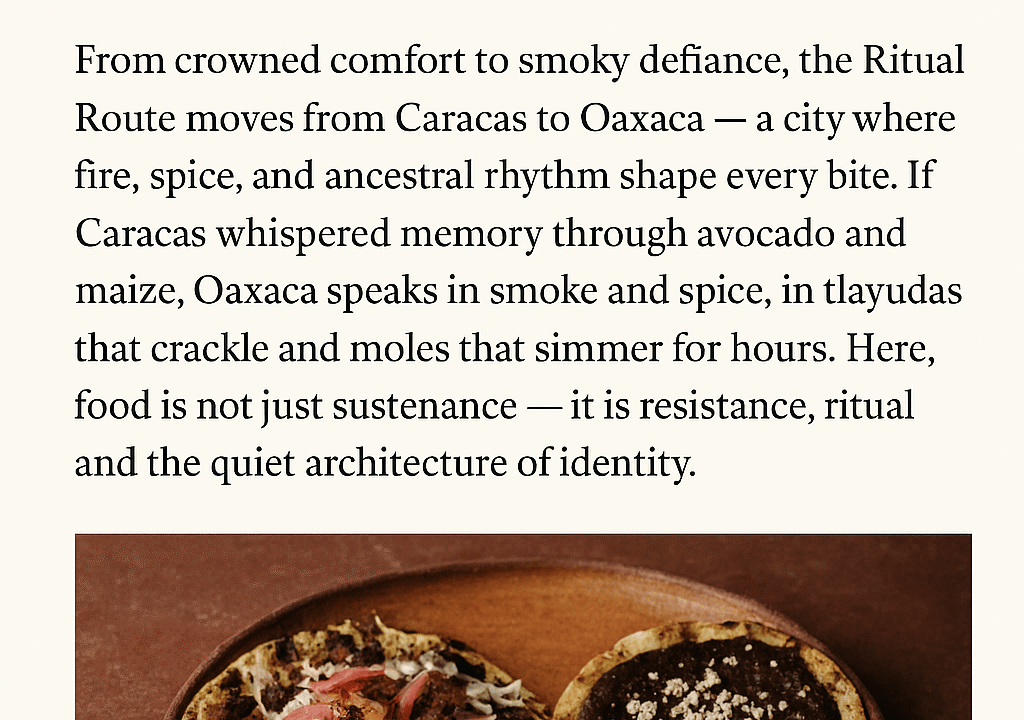
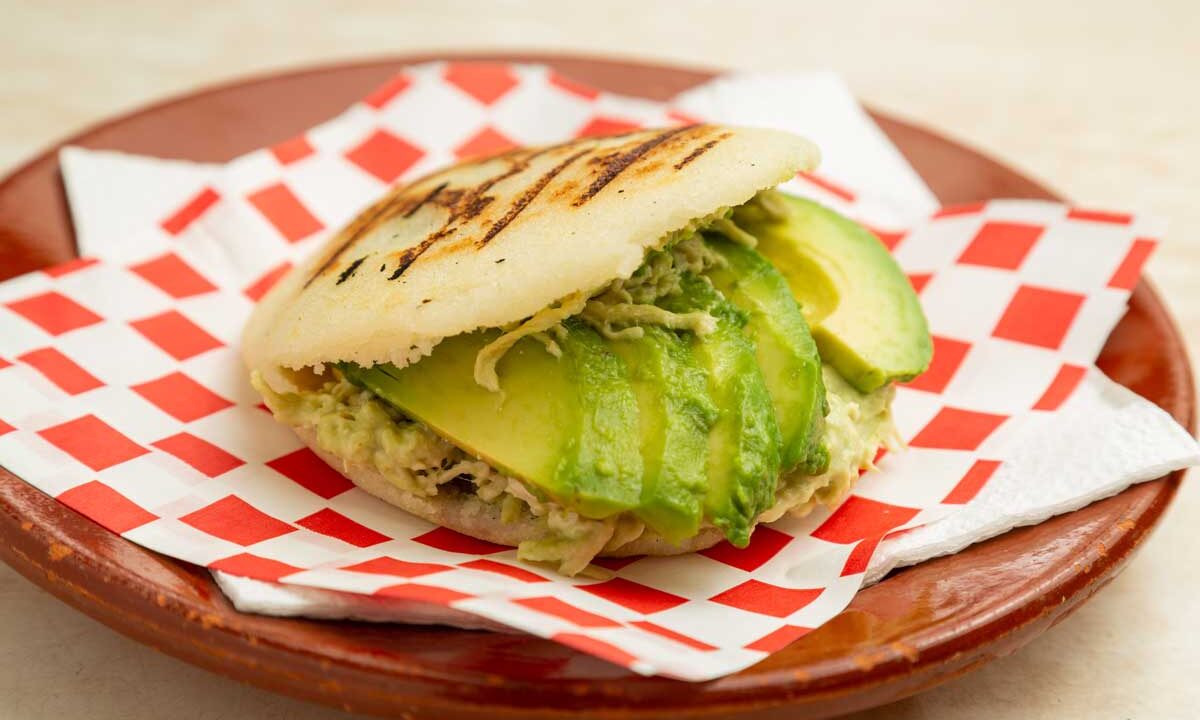
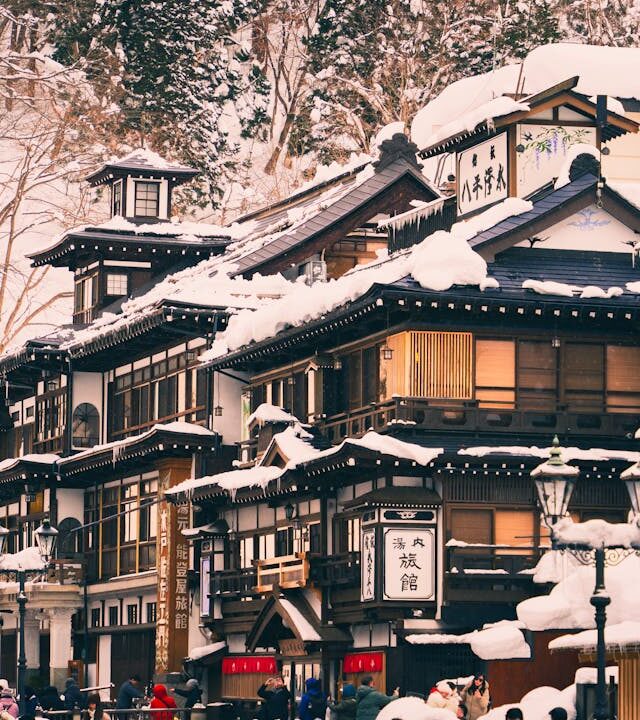
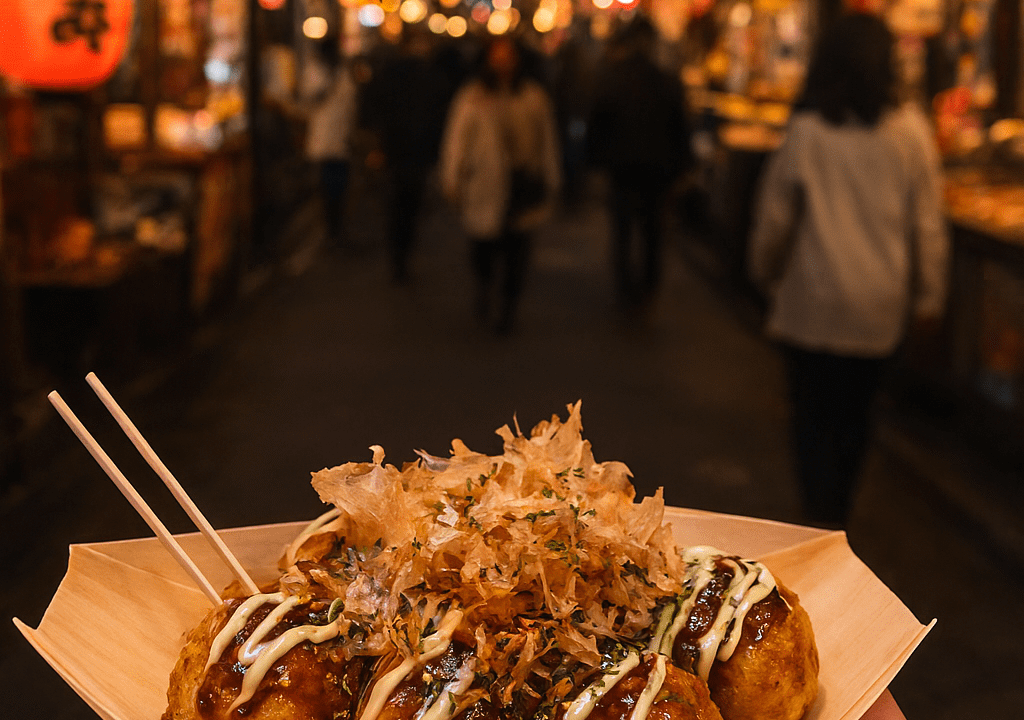


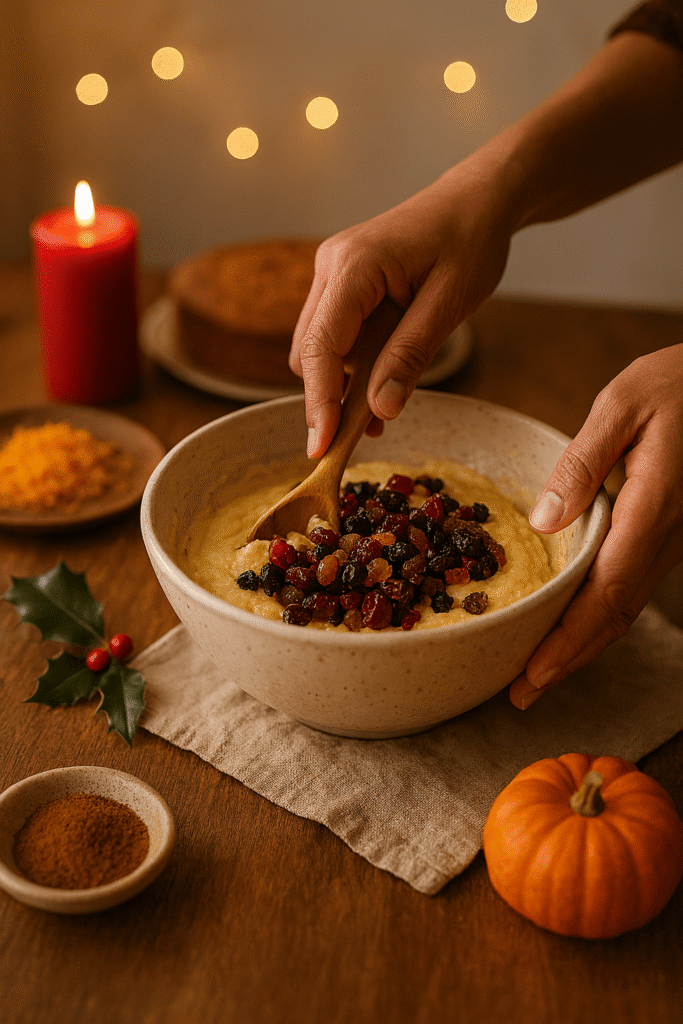
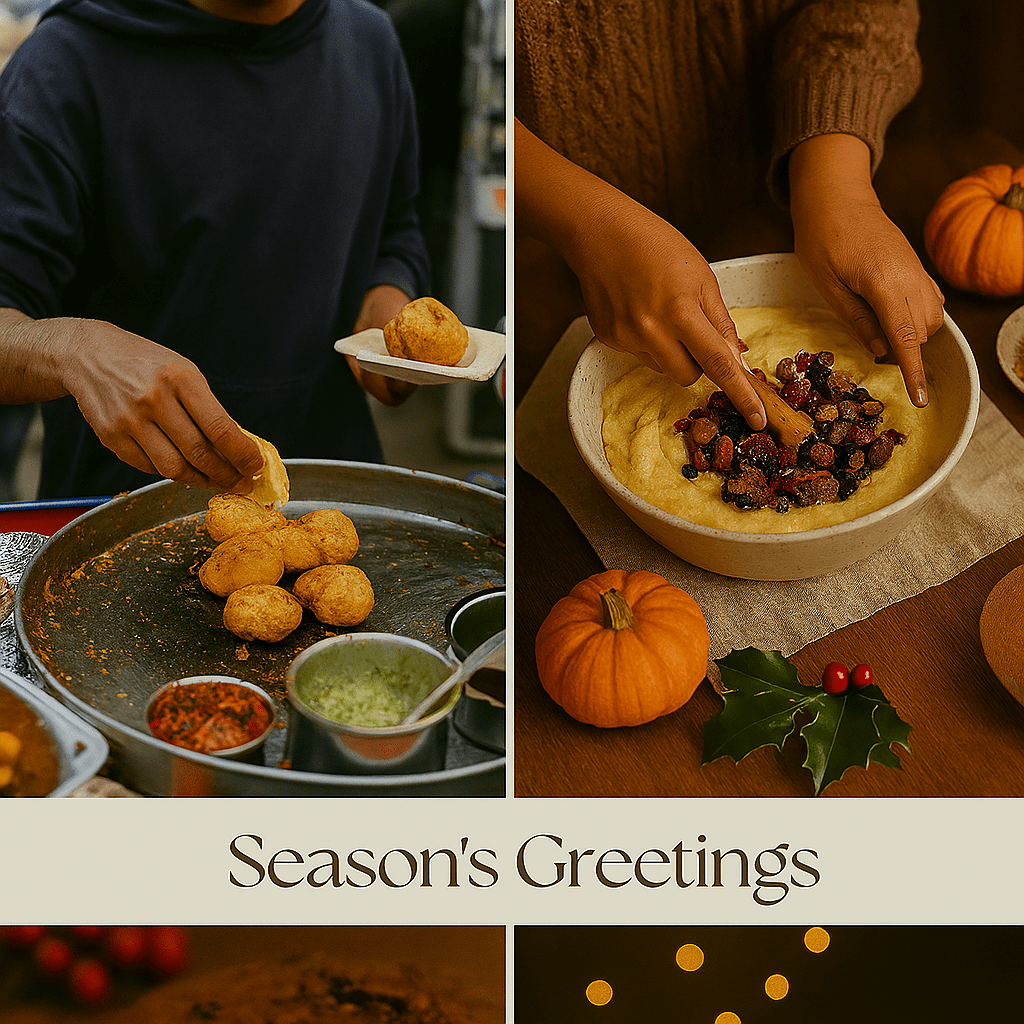
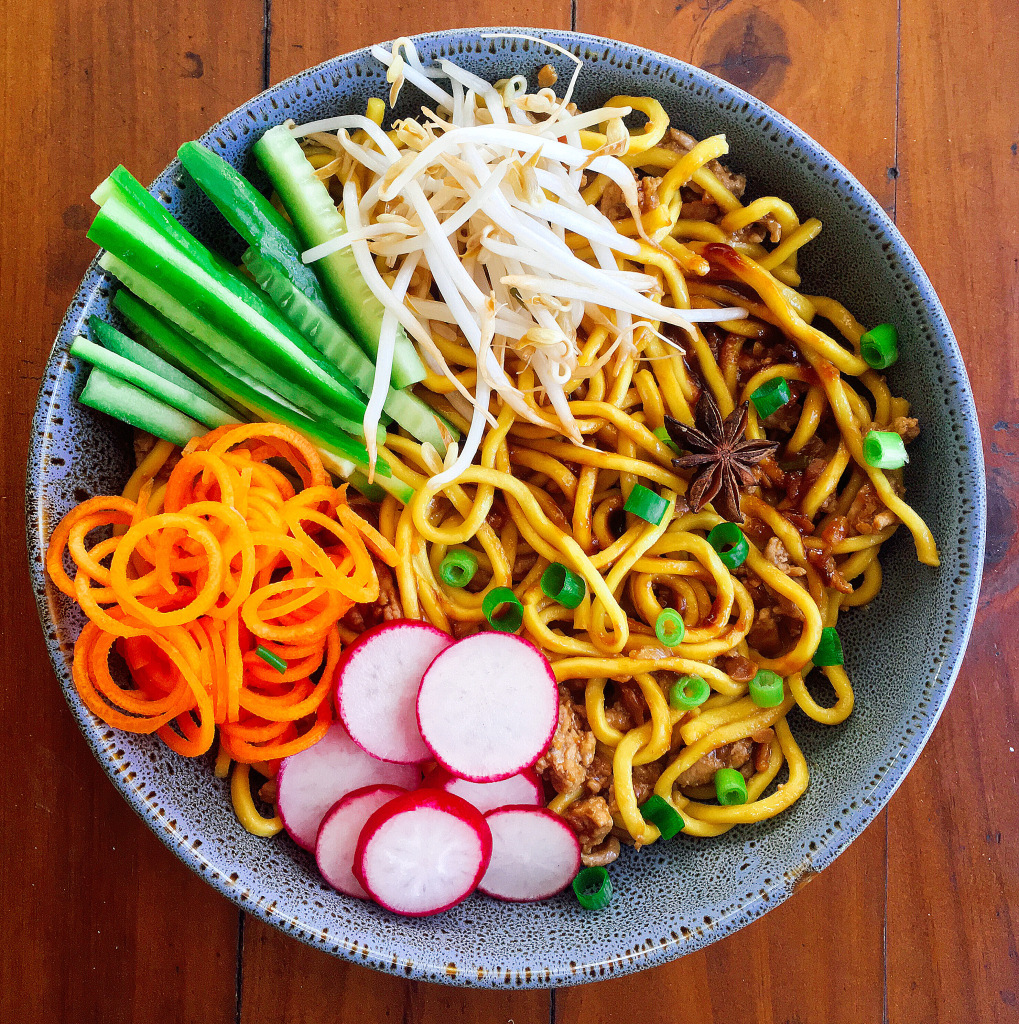
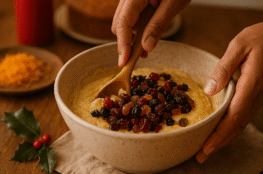
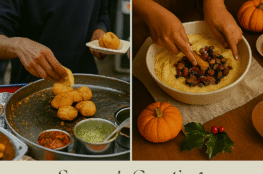
September 24, 2018
3.5
September 26, 2018
4.5
September 28, 2018
5
October 2, 2018
🙂